The birch family includes many interesting plants, one of which is the hornbeam tree. It is most widely spread in Asia and China. This tree feels best in sunny areas. Although it can be grown in light shade and even in strong winds.
The hornbeam is very picky about the soil, which should not only be provided with a sufficient amount of moisture, but also have a loose structure and be fertile. During periods of drought, additional watering is required. The hornbeam genus contains plants that can reach a height of 30 m. This tree is highly durable, since it can grow for 300 years. You can use seeds or cuttings to propagate hornbeam.
Content
Description of the tree and growing conditions
Among the representatives of this genus there are plants that can grow up to 5-30 m... The hornbeam stands out for its width, which can be up to 8 m. The tree can have a crown of various shapes, which is determined by the type of tree. There are specimens that have a dense, spreading or openwork crown. The usual color of the foliage is dark green. However, its tree preserves only until autumn: at this moment it transforms and changes its original shade to yellow or purple. The tree trunk has a smooth light bark.
During flowering, the tree forms male and female flowers that look like earrings. Inflorescences are formed at the time of leaf blooming. When the flowering phase comes to an end, fruits that resemble nuts begin to appear. However, not all trees enter fruiting, but only those whose age exceeds 15-20 years.
Although the homeland of the common hornbeam is Asia and China, it also grows in other parts of the planet - in Belarus, Europe and some Baltic countries... Most often it can be found:
- on open forest edges;
- in coniferous forests;
- on slopes open to the sun from all directions.
The common hornbeam can often be found in mixed forests, where it composes with oak and beech. When grown in designated areas, hornbeam can be a good neighbor for jasmine and juniper. The tree responds well to watering, but stagnation of moisture is not good for it. It feels best on soil with a loose structure. Although this tree can tolerate long periods of drought, it needs additional irrigation in extreme heat. The advantage of the common hornbeam is frost resistance. Also his can also be grown in urban areas... The unpretentiousness of the plant manifests itself in resistance to many diseases and pests.
When growing a hornbeam, the owner does not have to spend a lot of time and effort caring for it. However, it is still necessary to carefully approach the choice of soil mixture and irrigate regularly at the planting stage. This plant also requires crown pruning. Since the hornbeam branches grow rather slowly, it is quite easy to give its crown the necessary shape, which the tree will retain for a long time.To obtain new trees, seeds, cuttings and cuttings can be used as planting material. Stratification is a mandatory pre-planting event that is carried out in relation to seeds.
For the best effect it is necessary to harden the seeds in two stages, each of which requires aging at different temperatures and times. Sowing seeds should be planned in the fall. Then, with the onset of spring, the first shoots will appear. Seeds remain viable for three years if appropriate storage conditions are created for them. To do this, they must be placed in a dry, tightly closed container or bag. If cuttings are used for reproduction, then you can get full-fledged hornbeam trees pretty soon.
Application in landscape design and not only
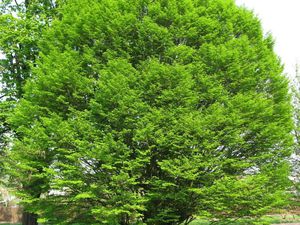 The hornbeam is often used as a striking element for the decoration of urban areas and home gardens. However, the scope of its application is not limited only to this. In ancient times, it served as a raw material for coal for the brazier. Such interest in it was due to the fact that during the burning of wood the flame did not create smoke... Because of this, such fuel was highly demanded by pottery workshops and bakeries. Also hornbeam wood was used for the production of handles for knives and axes, hair combs.
The hornbeam is often used as a striking element for the decoration of urban areas and home gardens. However, the scope of its application is not limited only to this. In ancient times, it served as a raw material for coal for the brazier. Such interest in it was due to the fact that during the burning of wood the flame did not create smoke... Because of this, such fuel was highly demanded by pottery workshops and bakeries. Also hornbeam wood was used for the production of handles for knives and axes, hair combs.
In recent years, this tree can often be found in summer cottages, because they make the backyard area more attractive. Since this plant tolerates pruning well, it can be planted individually or used in group plantings. Hornbeams are in demand among landscape designers who use them when arranging:
- alleys;
- hedges;
- city squares and parks.
Many people pay attention to the fact that the tree grows extremely slowly, so it will not be necessary to cut it too often. Of particular interest are the dwarf hornbeam varieties that can be grown in offices or apartments. True connoisseurs of fresh flowers and plants will surely like the hornbeam in a pot.
Hornbeam wood is a material that is in demand in various fields. Its often used for manufacturing:
- cutting boards;
- shovels and rakes;
- parquet and other floor coverings.
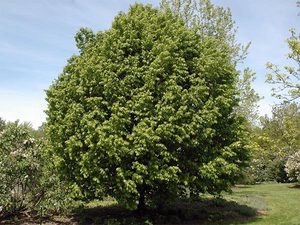 Furniture companies choose this material because of its high strength and durability. However, with all its advantages with this wood, difficulties arise when carving and polishing. This is explained by the dependence of the tree on moisture. After staining, the wood does not show any changes, however, it must be covered with a special anti-decay agent, otherwise it will begin to deteriorate pretty soon.
Furniture companies choose this material because of its high strength and durability. However, with all its advantages with this wood, difficulties arise when carving and polishing. This is explained by the dependence of the tree on moisture. After staining, the wood does not show any changes, however, it must be covered with a special anti-decay agent, otherwise it will begin to deteriorate pretty soon.
Hornbeam bark is essential for tanning skins... Its leaves are often used as livestock feed. Due to its properties, hornbeam is also used in cosmetology. This primarily concerns its bark and leaves, which are valuable because of the essential oil. It is also present in the composition of nuts, which can be used for food.
Creating hedges
From the hornbeam tree, you can create hedges, giving them the shape of curbs or walls. With the help of any such tree, you can get quite elegant and original fences.
Curb-shaped hedges
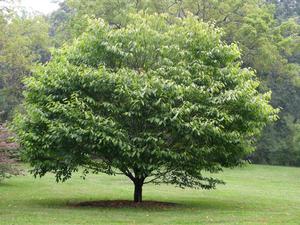 Such hedges are formed from low-growing plants that reach 0.5 m in adulthood. Trees are small in width - no more than 30 cm, while requiring dense planting. To maintain the desired shape of the borders, plants should provide regular care, which boils down to a haircut. Border-shaped hedges can be formed from short plant species. Fences like these are perfect for fencing flower beds, lawns or paths. However, it should be borne in mind that in such a designation they will perform the functions of only a decorative fence.
Such hedges are formed from low-growing plants that reach 0.5 m in adulthood. Trees are small in width - no more than 30 cm, while requiring dense planting. To maintain the desired shape of the borders, plants should provide regular care, which boils down to a haircut. Border-shaped hedges can be formed from short plant species. Fences like these are perfect for fencing flower beds, lawns or paths. However, it should be borne in mind that in such a designation they will perform the functions of only a decorative fence.
Hedges, which are formed on the basis of a hornbeam, usually do not exceed 2 m in height. The main purpose of creating such fences is to carry out zoning of the territory. The hornbeam will not require much attention from the owner, since the main activities are reduced to pruning, and the need for this is very rare. Having a similar hedge on his site, the summer resident will be protected from noise, as well as prying eyes. At the same time, he will have the opportunity to feel the pleasant aroma of flowering trees.
Wall-shaped hedges
The larger are wall-shaped hedges, since they the height usually exceeds 2 m.
This design element is more in demand as a decoration and fencing of parks, alleys and large areas of private houses. It is necessary to arrange young trees at least 30 cm from each other.
If necessary, they can be used to create a wall-shaped hedge. For this purpose, special tall varieties are ideal, which also grow slowly, so it will be very easy to care for them.
You can also build a high living wall on your site from an ordinary hornbeam. This tree has a fairly dense crown, therefore it turns into a solid wall, which provides good protection of the backyard from prying eyes.
Hornbeam is one of the popular solutions on the basis of which hedges of various configurations are created.
Conclusion
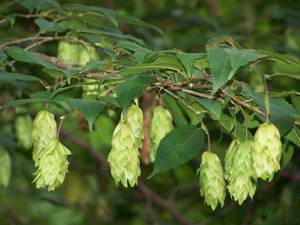 Hornbeam is not often found in summer cottages, although gardeners who are familiar with its features understand how to benefit from this plant. This tree has gained popularity as an ornamental plant.
Hornbeam is not often found in summer cottages, although gardeners who are familiar with its features understand how to benefit from this plant. This tree has gained popularity as an ornamental plant.
However, at the same time, it can also play the role of a hedge. This is facilitated by a dense crown that can provide good protection from prying eyes and noise. But to use the hornbeam for such a purpose, it is necessary to select the appropriate varieties of wood. A hedge can act as a limiter or as a protective wall. Therefore, in each case, the choice of plants will be different.

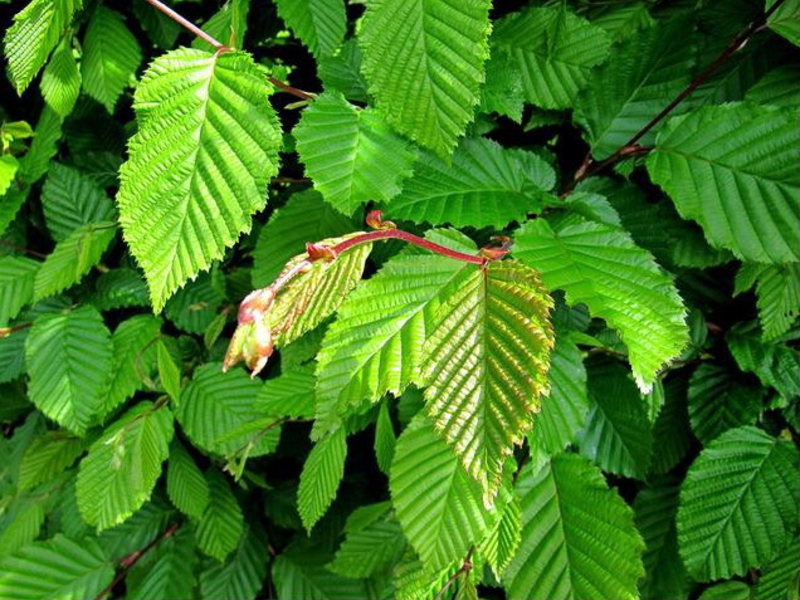
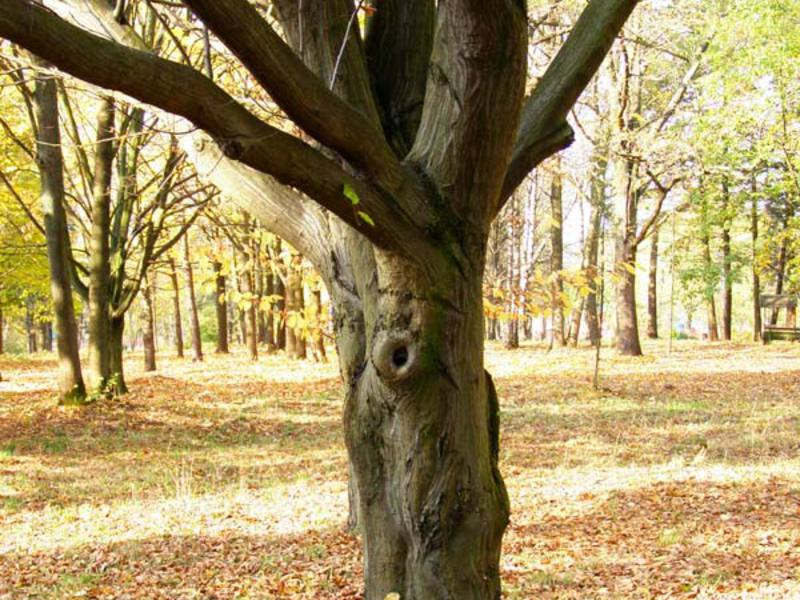
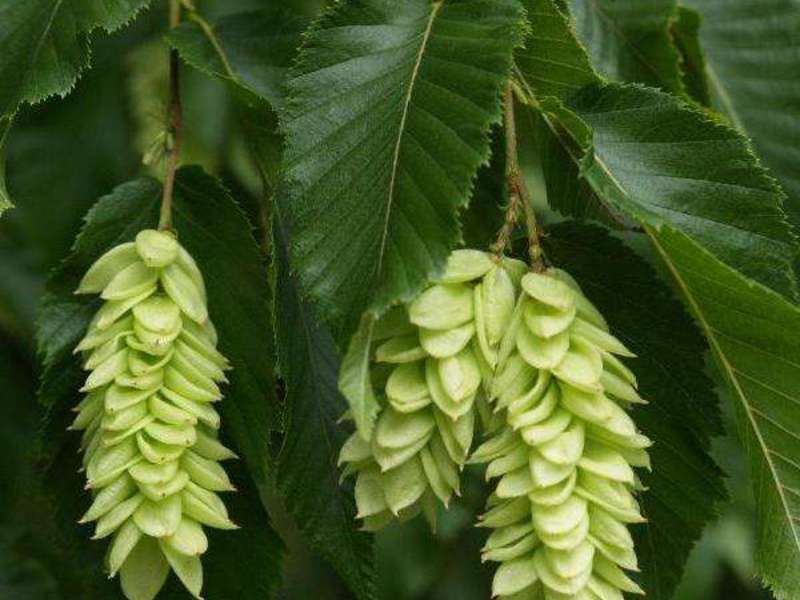
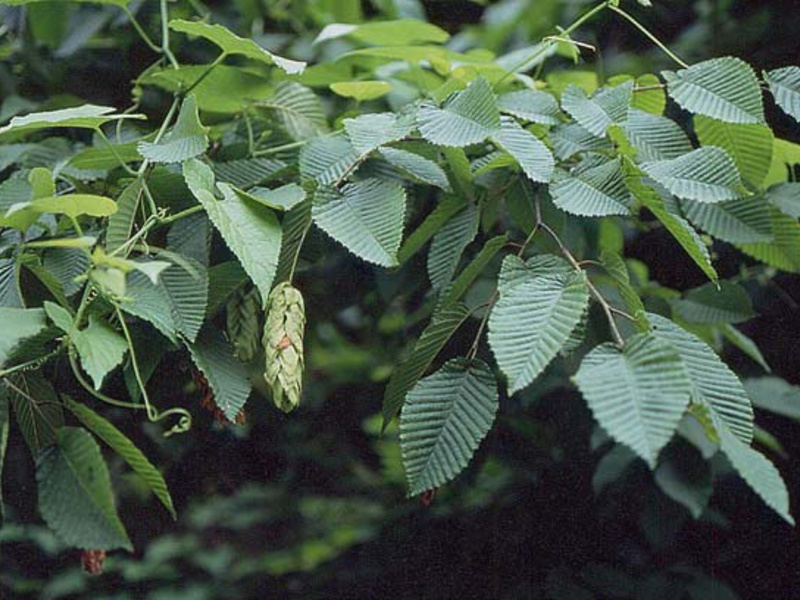
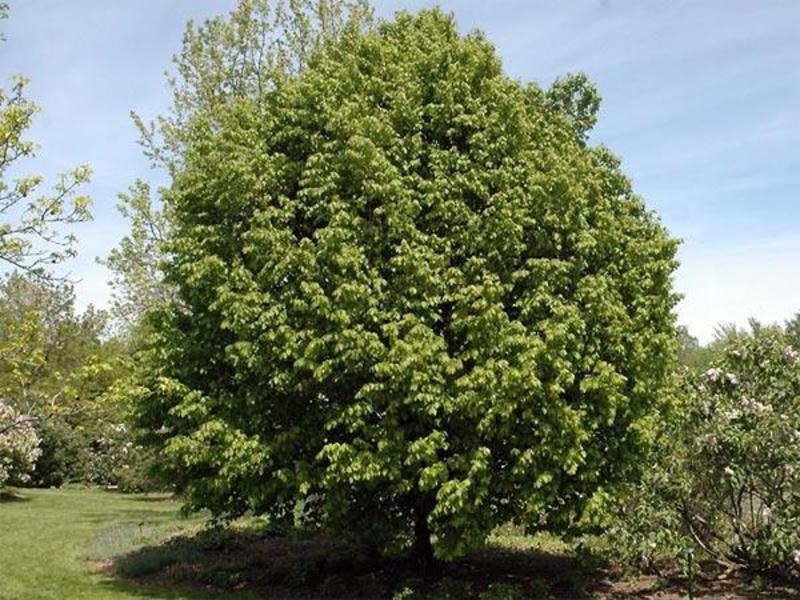
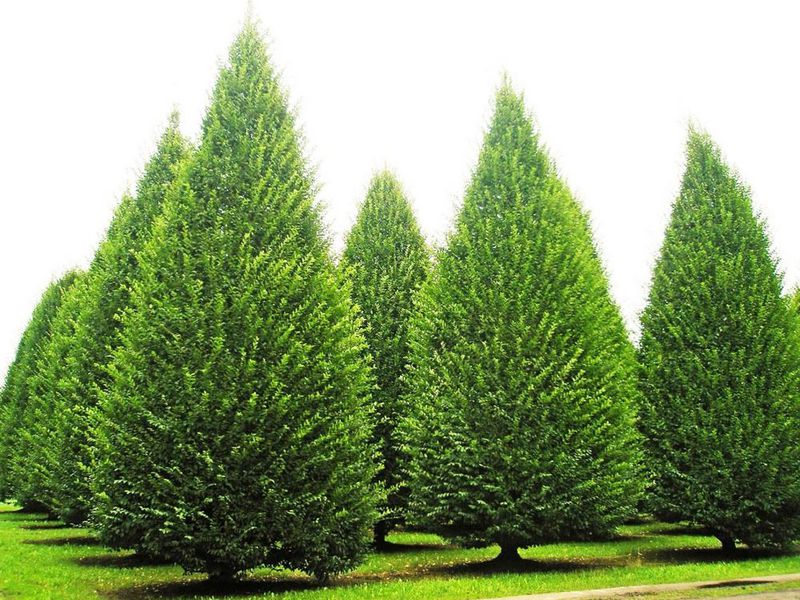
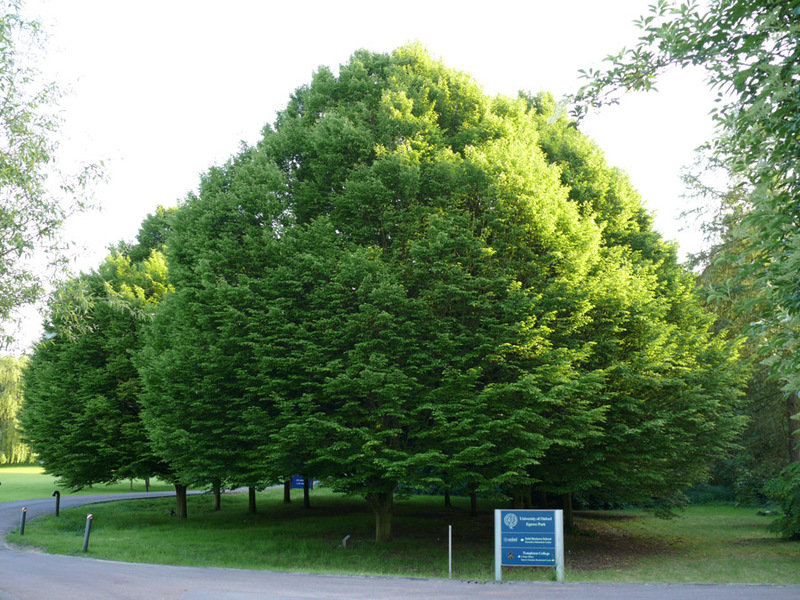
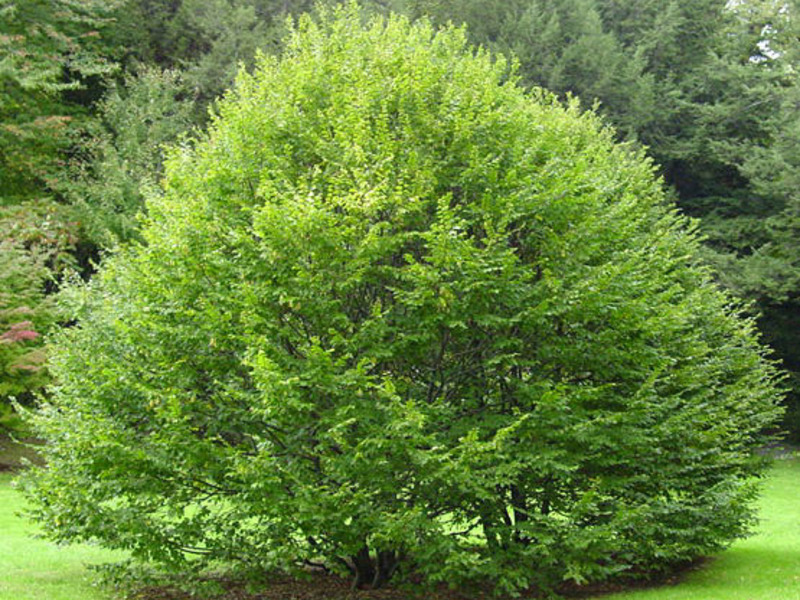
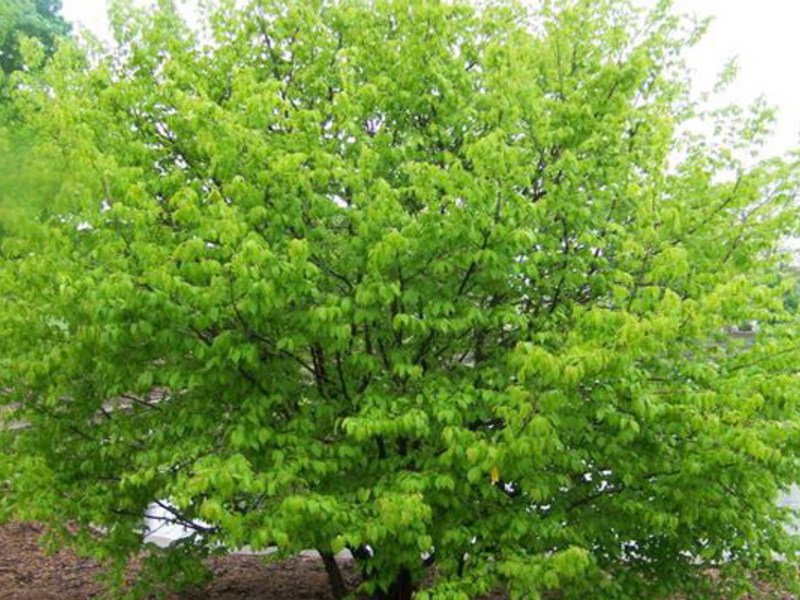
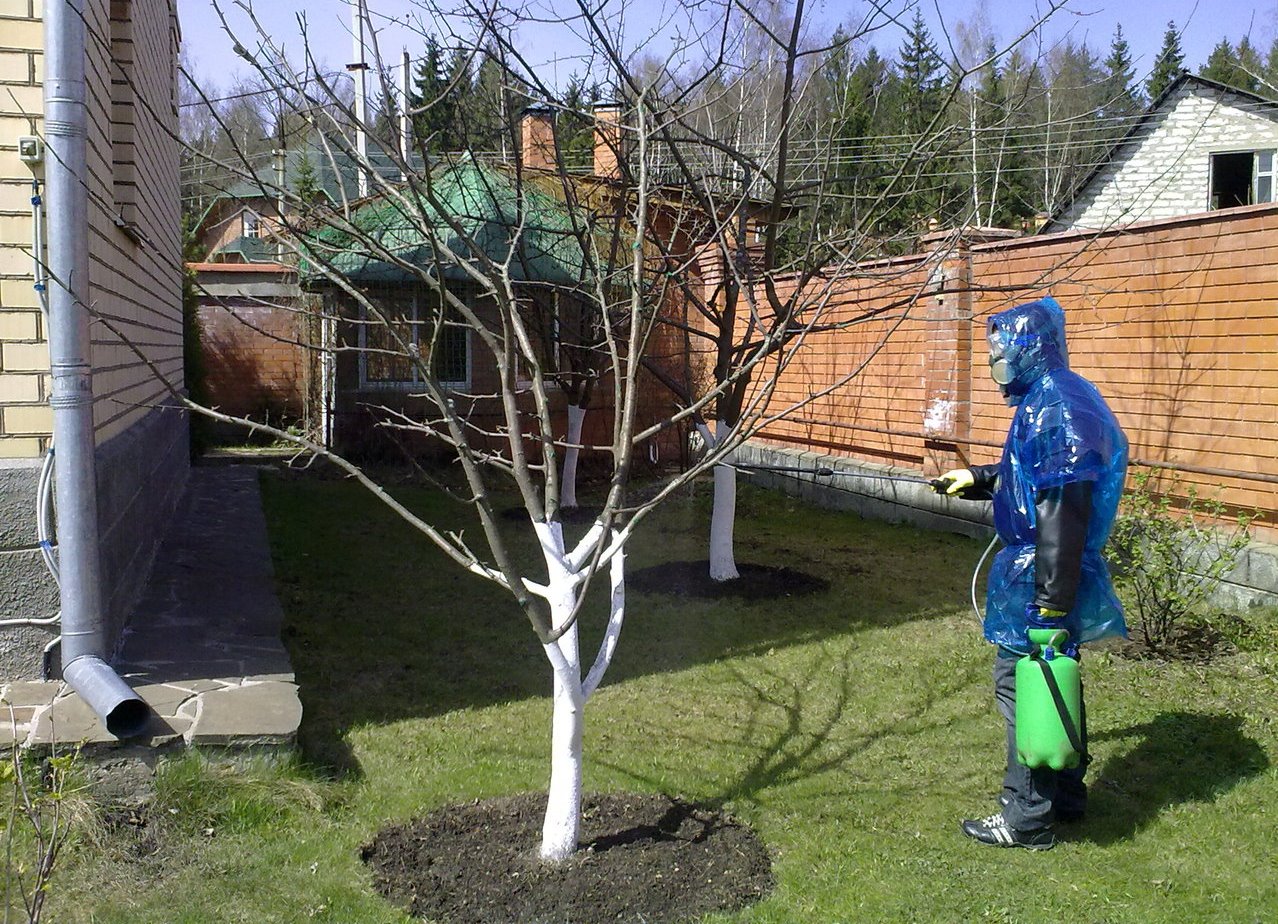

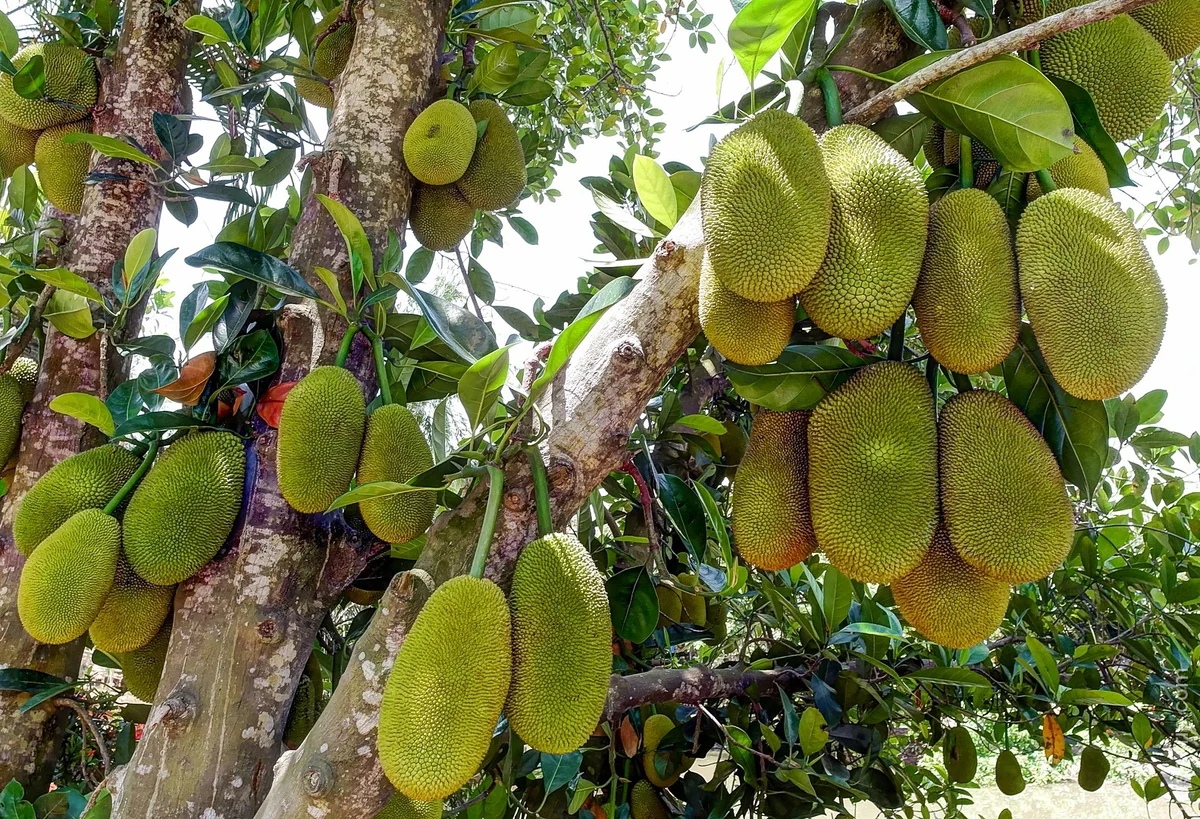
1 comment